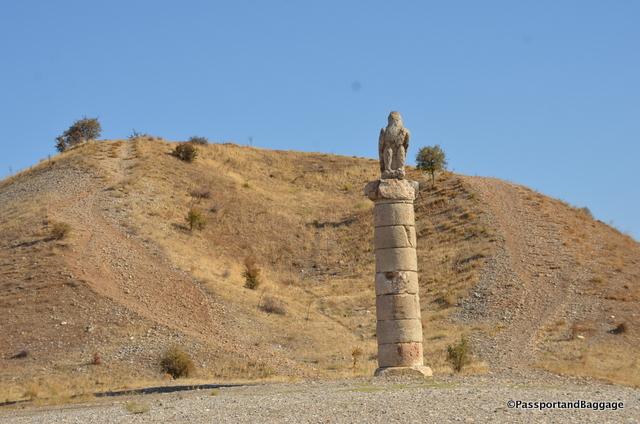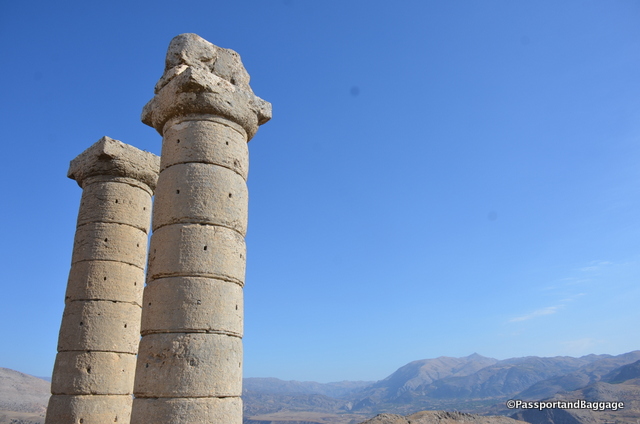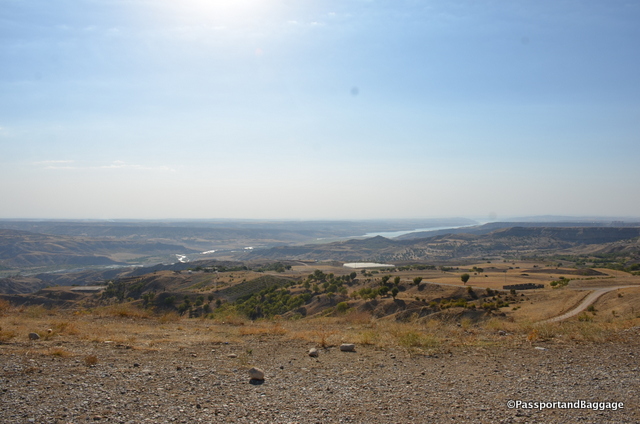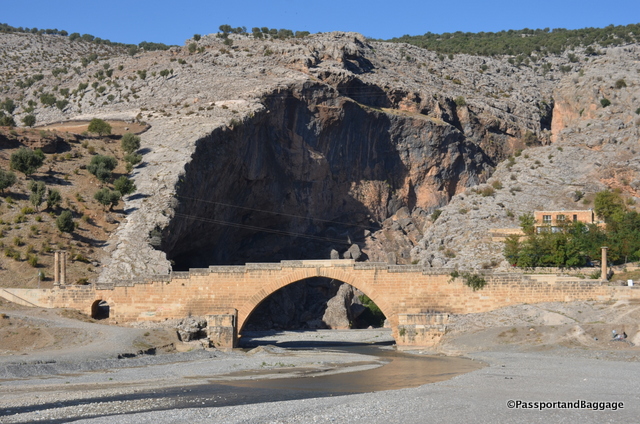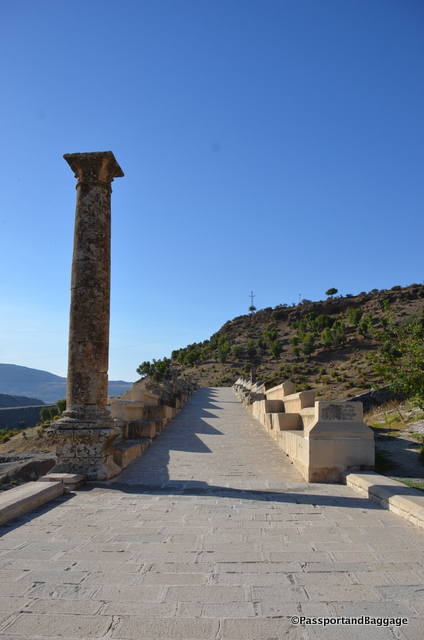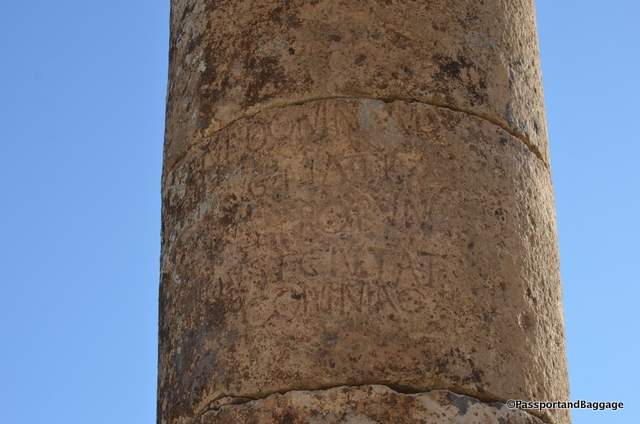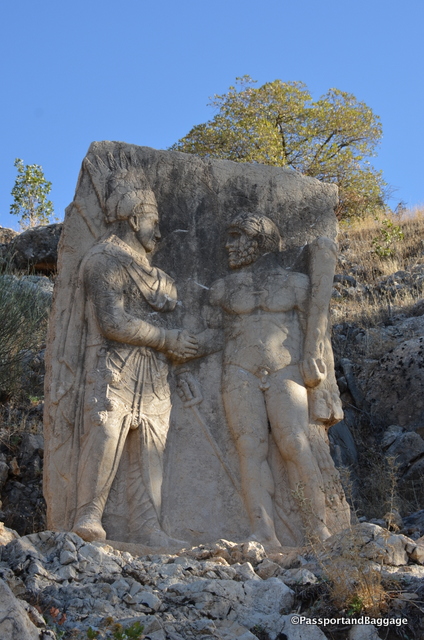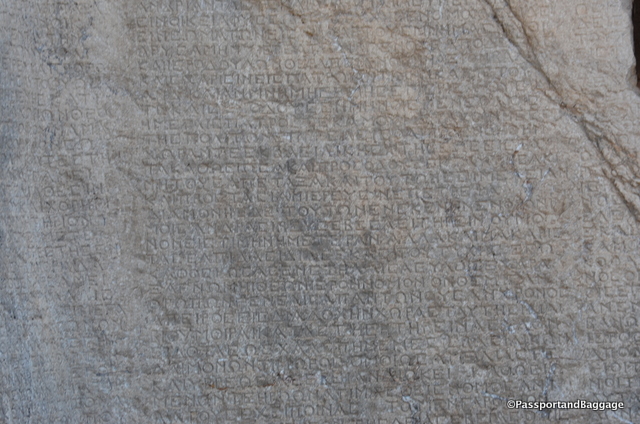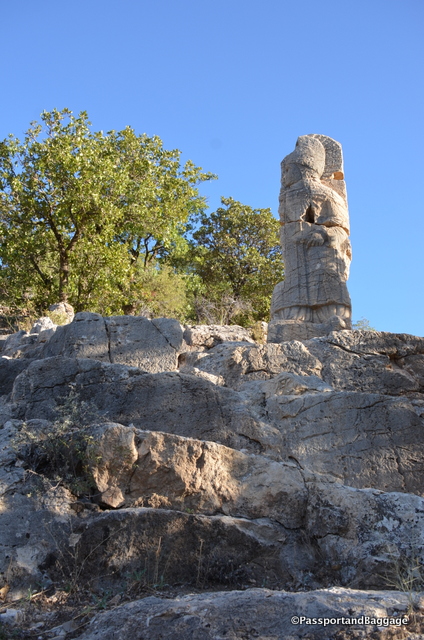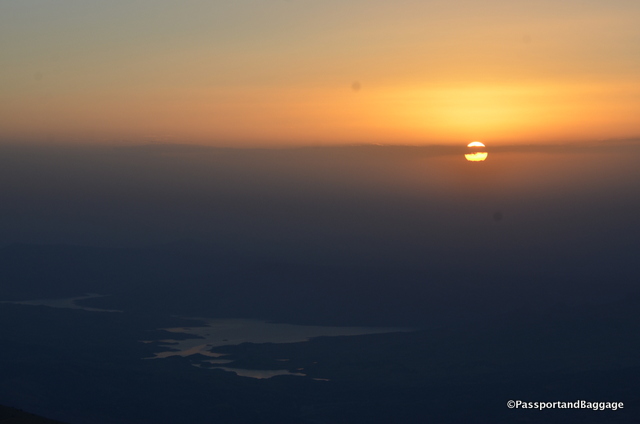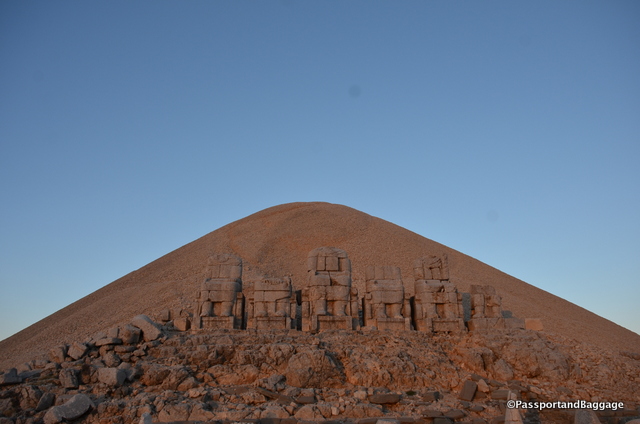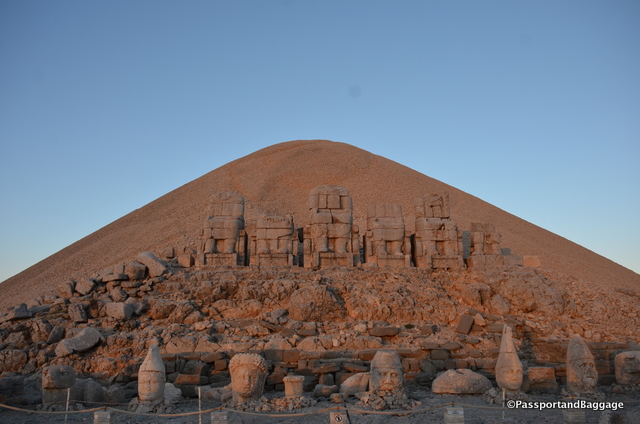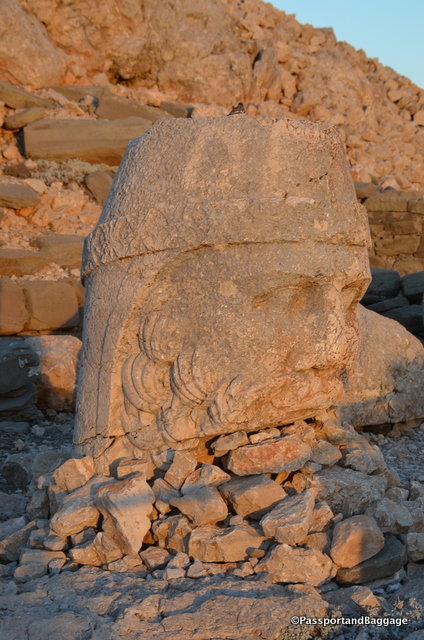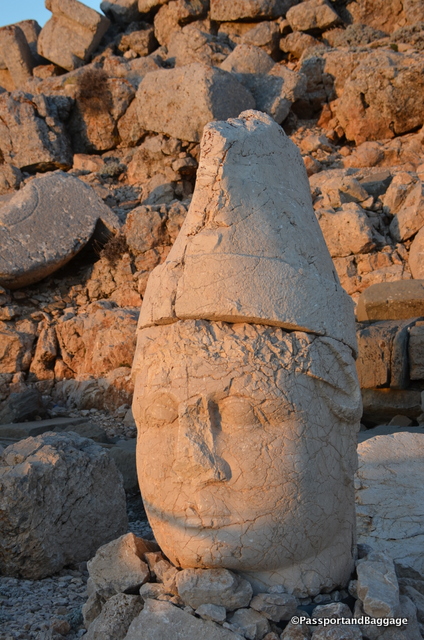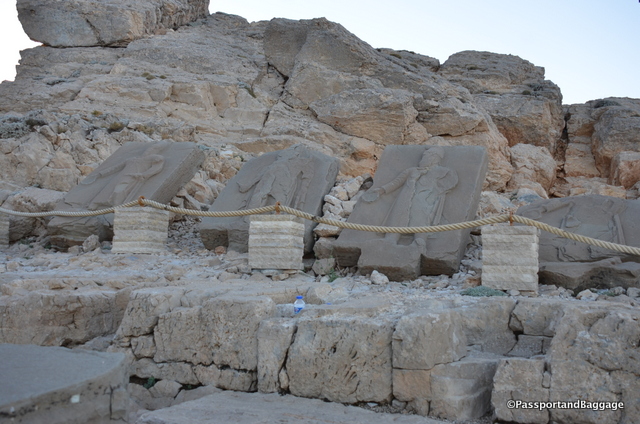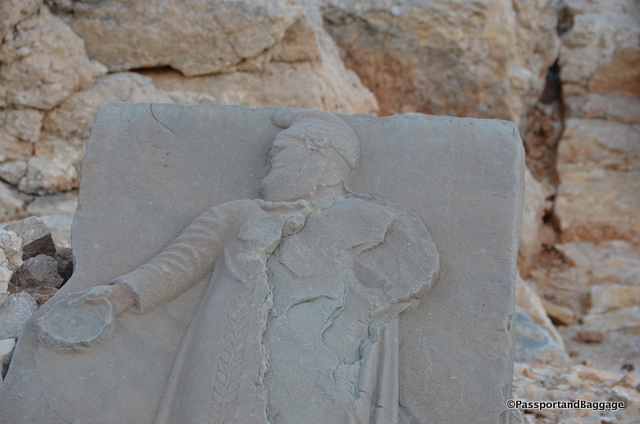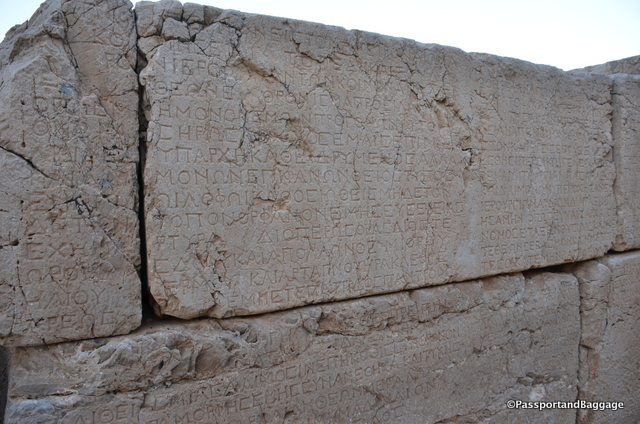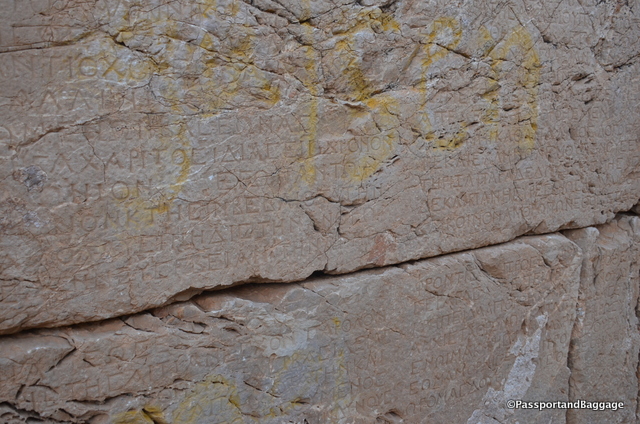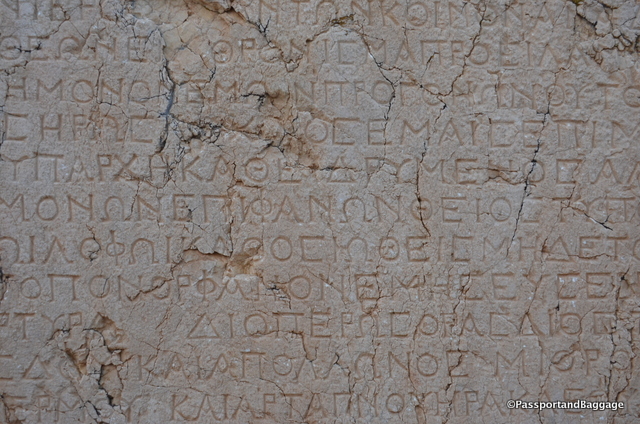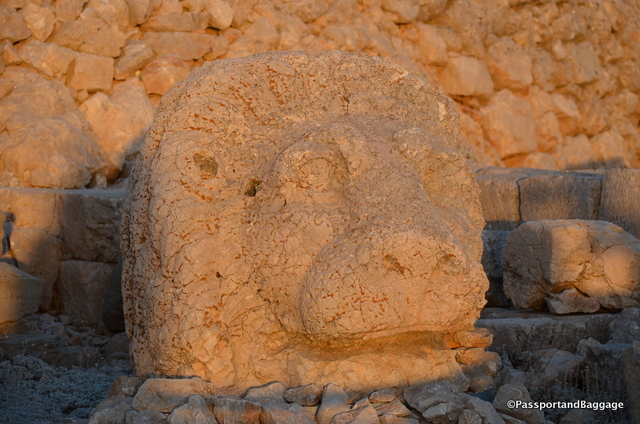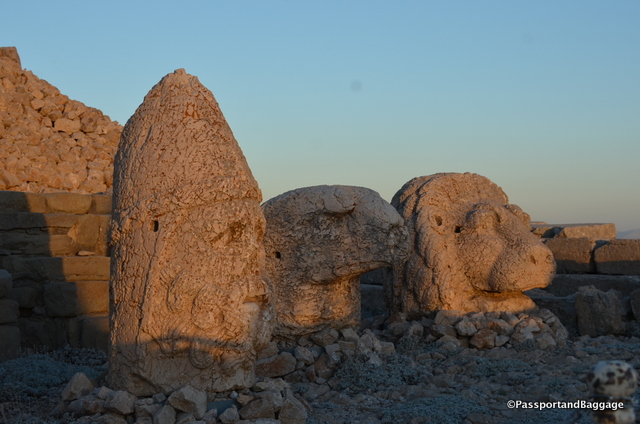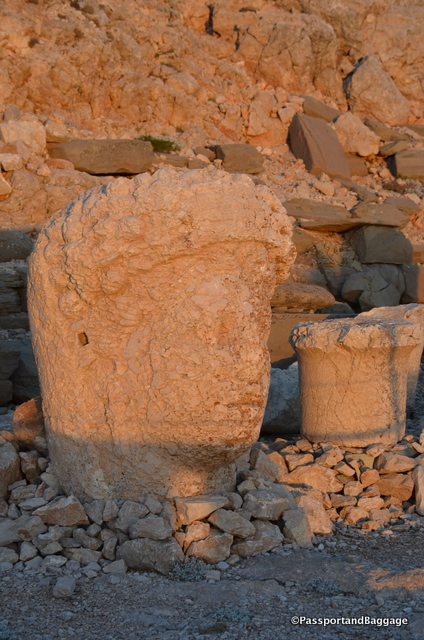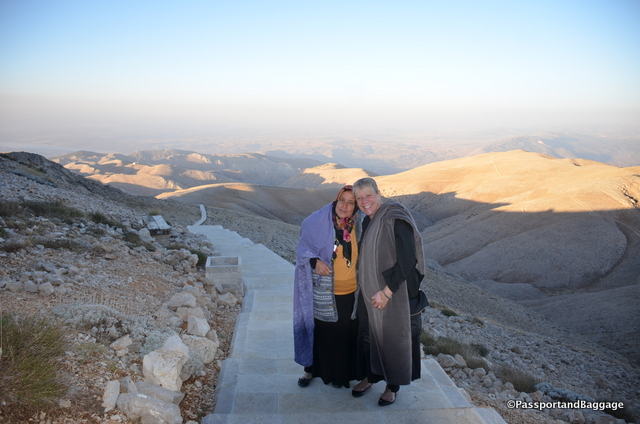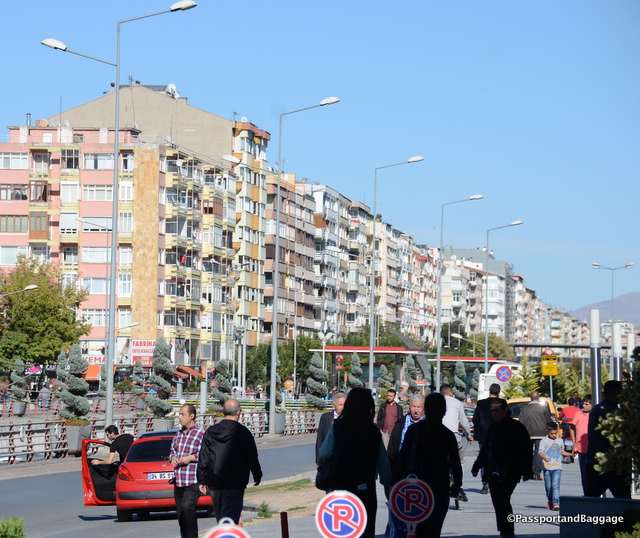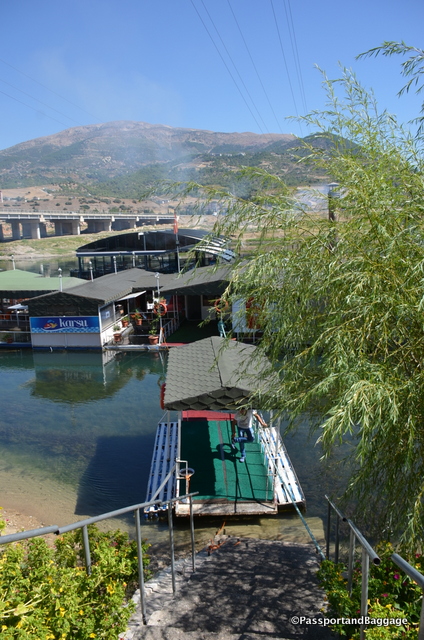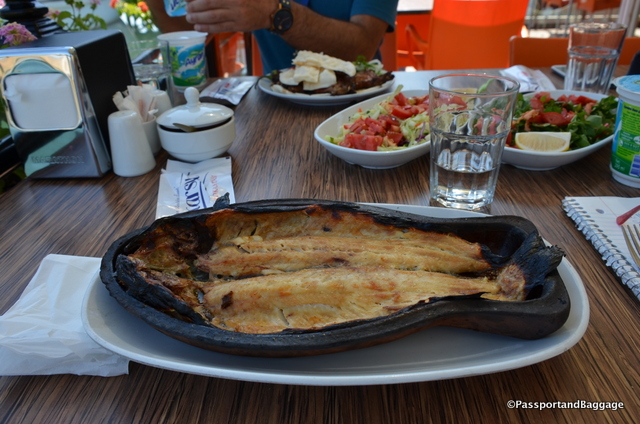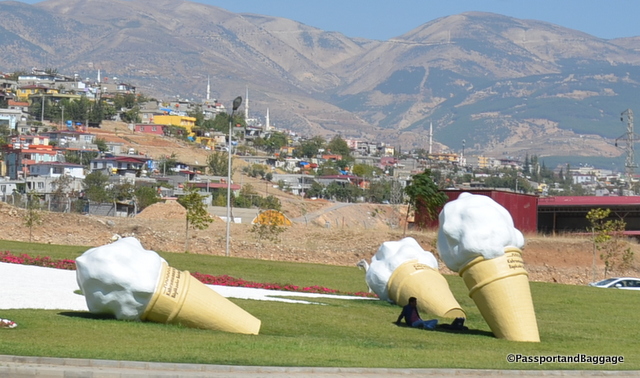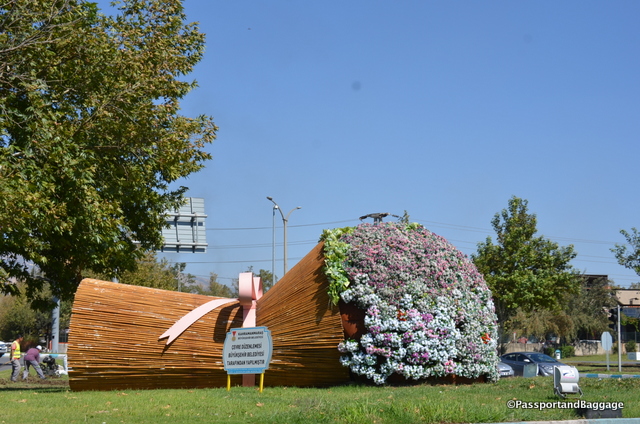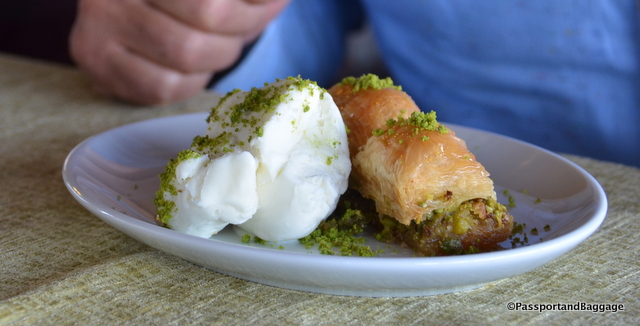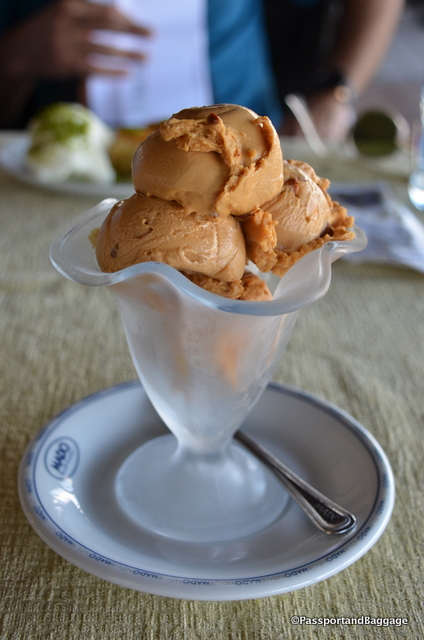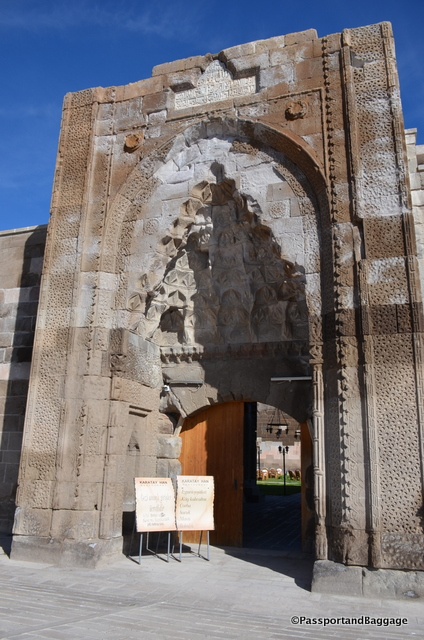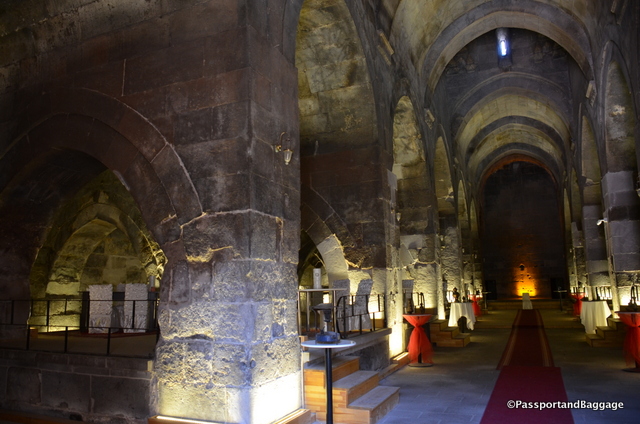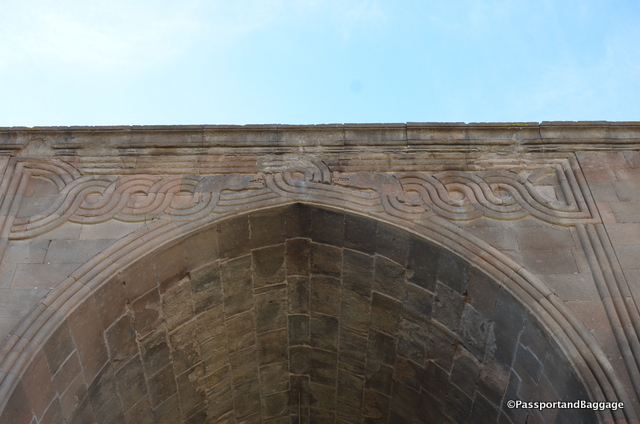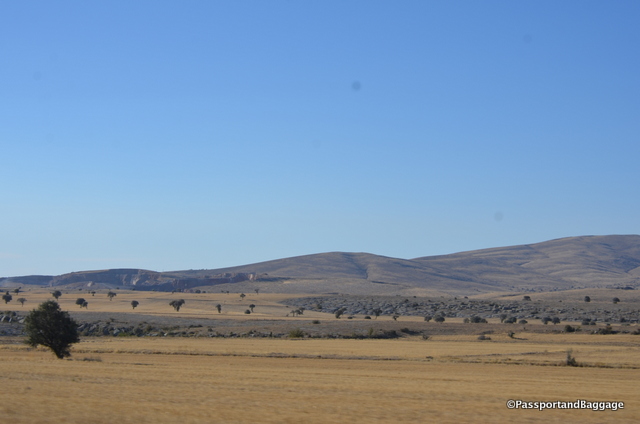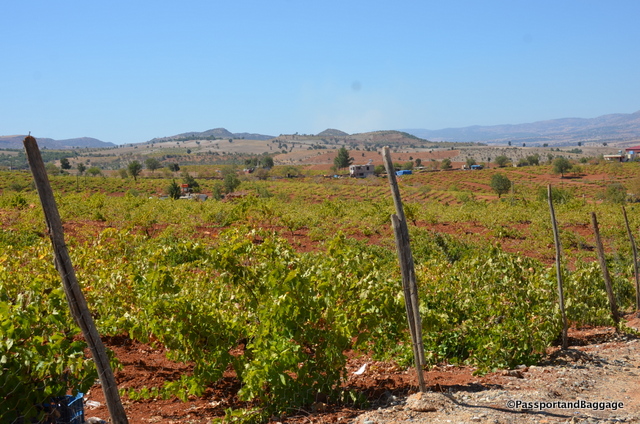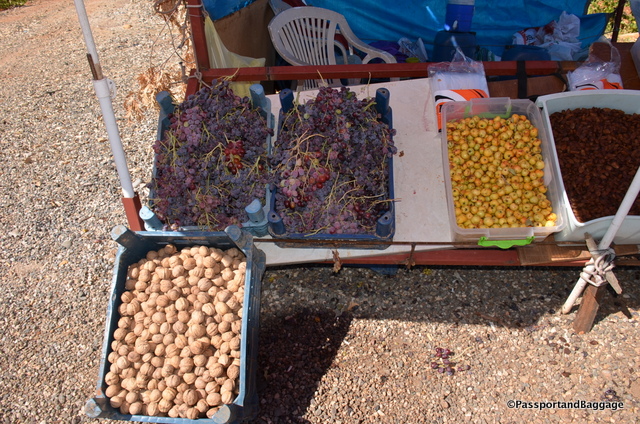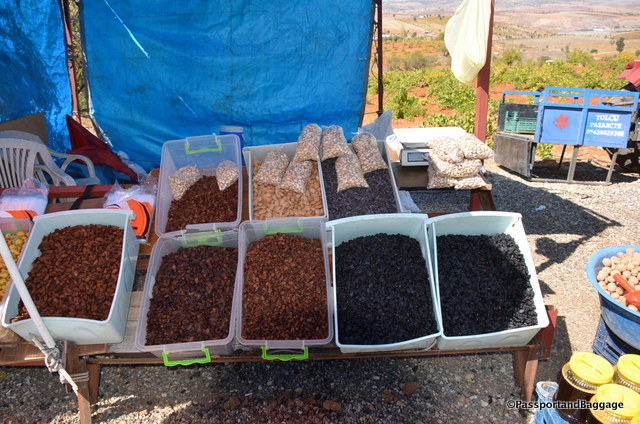September 27, 2016
There are several important historical sites with Nemrut Daği. One of these is the Tomb of Karakus, located on Karadag Mountain. Antiochis was the second daughter of King Antiochus I Theos of Commagene and Queen Isias Philostorgos. Unfortunately very little is known about Antiochis. The identity of her husband is unknown however, she did have a daughter called Aka, also known as Aka I of Commagene.
She appeared to have died of unknown causes sometime between the late 30s or early 20s BC. Antiochus was buried along with her mother and her daughter here at Karakus, also called The Black Bird. This burial sanctuary was constructed and built by her brother King Mithridates II of Commagene.
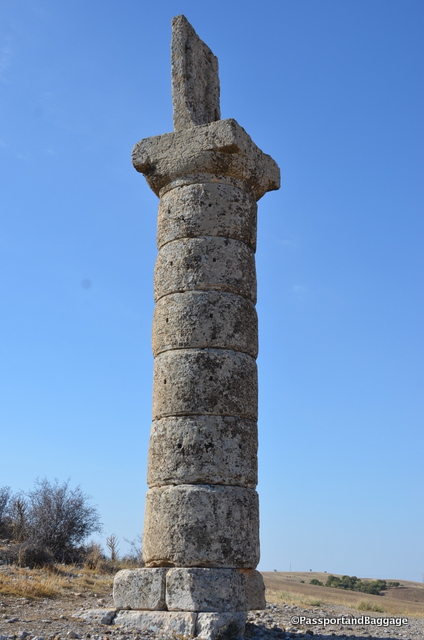
A relief, now too worn to see, once held a relief showing King Mithridatees II shaking hands with his sister Laodike
A few miles away from the Tomb of Karakus is the Severan bridge. It is constructed of 92 stones, each weighing about 10 tons, creating a simple, unadorned, single, majestic arch reaching from two rocks at the narrowest point of the river. A 112 feet clear span, the structure is quite possibly the second largest extant arch bridge built by the Romans. It is 390 feet long and 23 feet wide. Roads, as well as bridges, had to handle a marching Roman army, the standard spacing of a Roman army legion is usually given at 3′ for each man. Allowing 1 foot between the edge of the road, marches required a minimum road width of 18 feet.
 The bridge was built by four Commagenean cities in honor of the Roman Emperor Lucius Septimius Severus (193–211), his second wife Julia Domna, and their sons Caracalla and Publius Septimius Geta to whom the four columns of the bridge were dedicated. However, Geta’s column was removed after Caracalla had his brother Geta murdered and had his memory damned or declared damnatio memoriae. This is the Latin phrase literally meaning “condemnation of memory”, stating that a person must not be remembered. A common practice of rulers throughout the ancient kingdoms.
The bridge was built by four Commagenean cities in honor of the Roman Emperor Lucius Septimius Severus (193–211), his second wife Julia Domna, and their sons Caracalla and Publius Septimius Geta to whom the four columns of the bridge were dedicated. However, Geta’s column was removed after Caracalla had his brother Geta murdered and had his memory damned or declared damnatio memoriae. This is the Latin phrase literally meaning “condemnation of memory”, stating that a person must not be remembered. A common practice of rulers throughout the ancient kingdoms.
Another site within Nemrut Daği is Arsemeia. Arsemeia was the summer capital of the Commagene Kingdom built by King Antiochus I Theos Dikaios Epiphanes Philoromaios Philhellen of Commagene in honor of his father King Mithridates I Callinicus. Its mountain location soon became a military stronghold and the site of a mausoleum and religious center.
You go to Arsemeia to see the bas relief depicting a meeting between King Mithradates and Hercules, carved in about 50 B.C. This area contains the oldest known images of two people shaking hands.
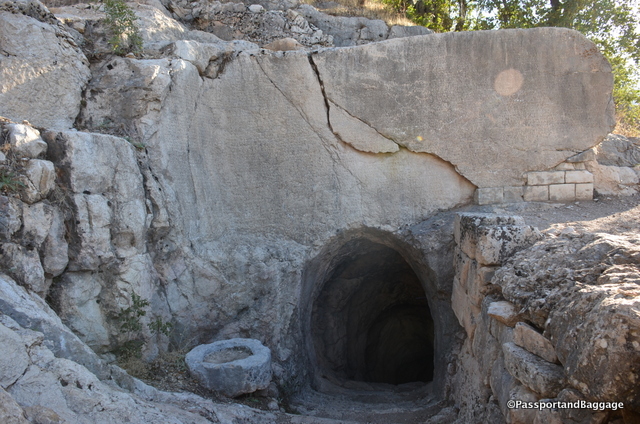
The largest rock inscription in all of Anatolia sits just below the bas relief of the King and Hercules. The entire flat surface is covered with writing. The cave is thought to be a temple, possibly to worship Hades, but it is not truly known. The water trough beside it may have been used for religious ablutions.
The largest rock inscription in Anatolia tells of the political intentions and the religious beliefs of the Commagene Kingdom, that Arsemeia was its capital and that Mithridates, the father of Antiochus I, was buried there.
All of Anatolia is so rich with the history of kingdoms, and people, throughout all of history. It is quite a task to understand them, their interactions with other kingdoms and history itself.
